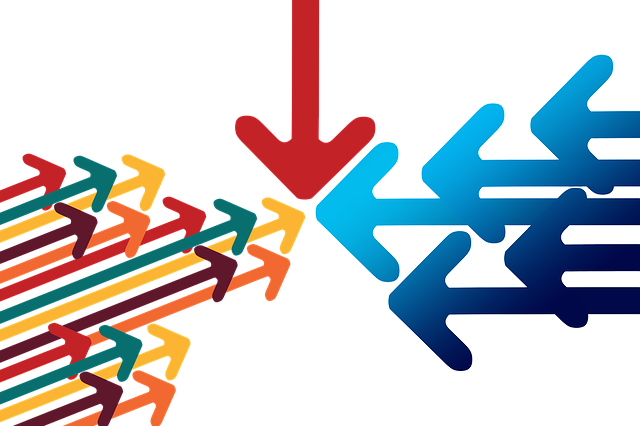One area of accounting is cost accounting, which focuses on internal reporting for the purpose of improving managerial decision making. Key concepts include cost allocation, cost-volume-profit and the role of a double break-even!
Leading and directing are important management functions, but usually do not appear in the main job description. A great manager needs to be able to both lead their team and direct their operations – failing either of these roles is a recipe for disaster!
Social Responsibility means managers are accountable to society at large, not just their shareholders. This is becoming an increasingly important pillar of management theory in the 21st century, as both the public and investors are expecting certain levels of social accountability.
Risk Management is when a manager tries to organize his company (or business unit) to prepare in case of, and try to prevent, something going wrong. Risk management is one of the most important parts of management and internal controls
Planning plays a crucial part in creating a business plan and strategic plan in that it reinforces a company’s mission, visions, and goals that are used to develop and implement strategy, competitive advantage, and achieve effectiveness and efficiency in how a business operates.
The Human Resources (HR) department at a business is in charge of everything from hiring and firing employees, organizing and implementing training programs, resolving internal conflicts, determining the pay scales, and everything in between. Managers work with their HR departments to fill vacancies and resolve conflicts – both of which can require careful planning
“Business Ethics” defines what is right and wrong in a business – not necessarily what is or is not illegal. It is the responsibility of everyone in any organization to maintain high levels of business ethics, as businesses who fail to do so lose the public trust, and the ability to continue to do business, very quickly.
When holding a job, there are usually certain people that have specific “titles” that describe the work that they do. With those titles, comes the chain of command, which can be looked at as a flow chart: The CEO –> who oversees Management –> who oversees Associates. While the chain of command is fairly straightforward, the middle part, or Management, has many different ways of functioning.
Swipe a credit card, take out a loan, or issue bonds? Different types of debt mean very different things for a business – and the choice of how to finance big purchases makes a huge impact on cash flow
“Slow and Steady” does not always win the race. The business world is very fast paced, competitive, and often ruthless world where the one who stays ahead of the game is more likely to emerge victorious. “Competitive Advantage” is what businesses have that puts them ahead of the competition.
Sole Proprietorships are just owned by one person. Partnerships have at least two, sometimes more, but usually all the owners are actively involved in running the business. Bigger companies want “Limited Liability” – where someone can be an investor, but not personally on the hook for debts if the business goes bankrupt. This is where corporations come into play!
When a company starts to grow, one of the biggest questions they face is how to organize their management. The two main branches of management roles are centralized and decentralized authority – which often translates to how many levels of management need to sign off before a change can be made









